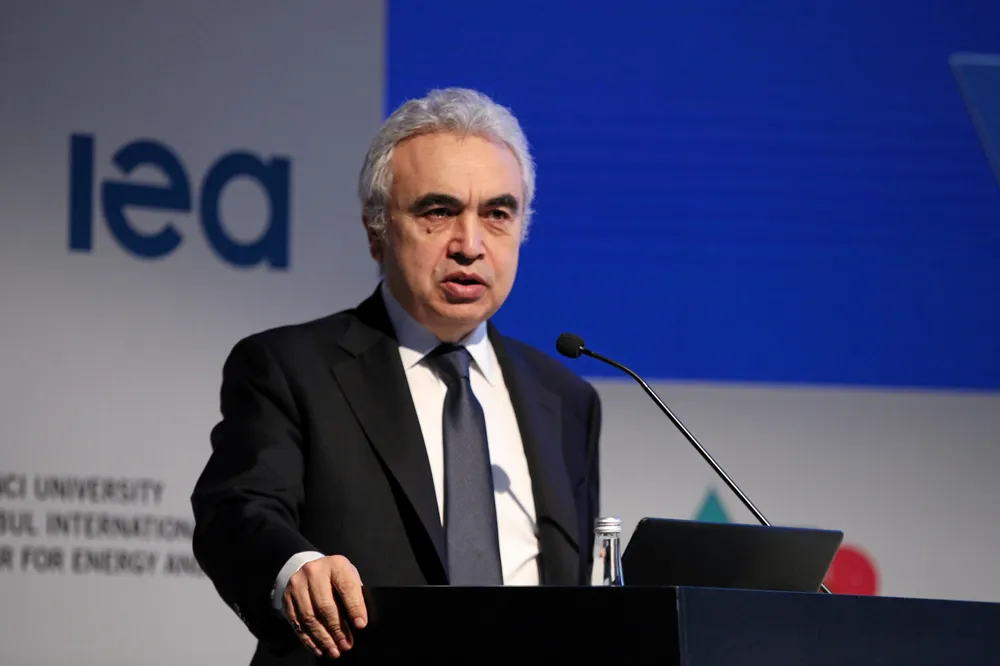IEA sounds alarm on lack of effort to replace fossil hydrogen with clean H2 — amid rising sector emissions
Low-carbon hydrogen only represents 0.7% of today’s demand, with little government or industry momentum to drive clean H2 use in chemicals and refining
